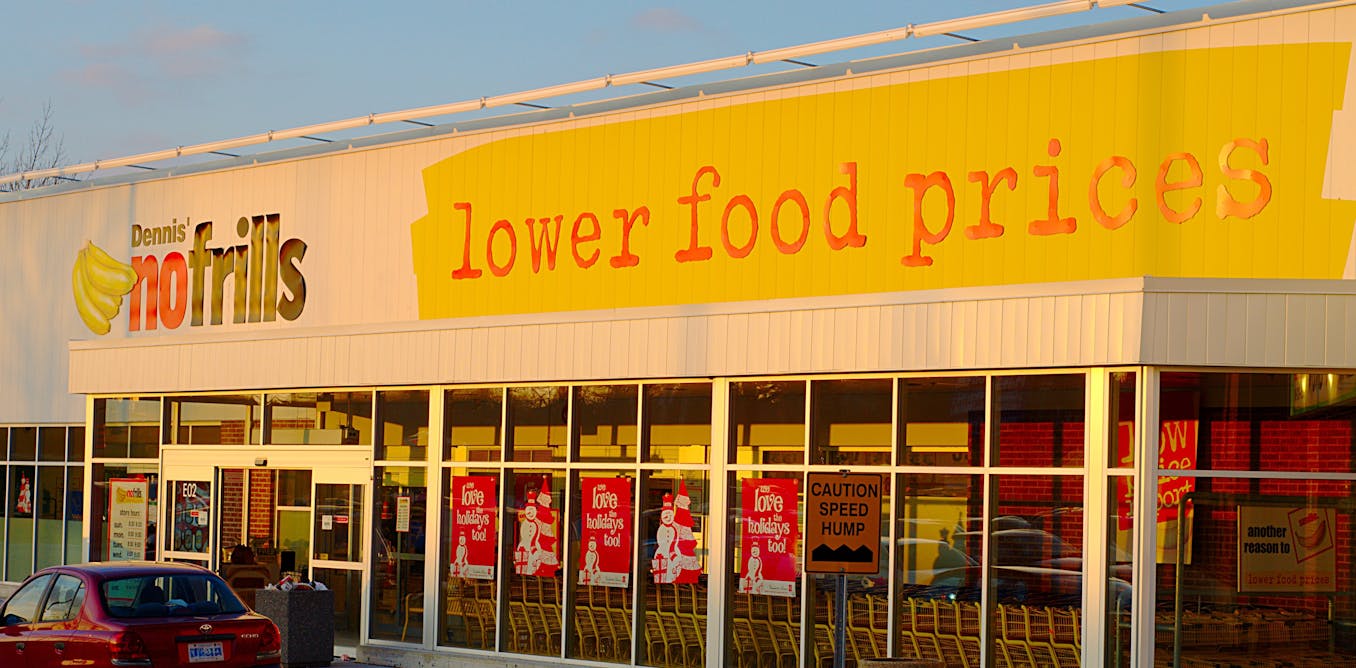So, we completed a rigorous analysis of the most prominent reports that shape the narratives around food prices in Canada, including twelve years of Canada’s Food Price Reports and 39 reports from Statistics Canada. Our findings, which are peer reviewed and soon to be published in Canadian Food Studies, were both insightful and concerning.
Our analysis found that most claims about food prices in these reports lack scientific rigour. Nearly two-thirds of the explanations for price changes given are not backed by evidence. Arguments about the causes of food inflation are frequently incomplete, neglecting to connect the dots between cause and effect.
These reports also rarely consider the decisions that grocers and other private sector entities have on food prices. Increased consolidation and concentration in the grocery sector is a structural issue that deserves scrutiny.
The bread price-fixing scandal a few years ago showed how a lack of competition enables price manipulation and hurts consumers. Canada’s Competition Bureau recently announced they are launching an investigation into the owners of Loblaws and Sobeys for alleged anti-competitive conduct.
With grocer profits expanding in Canada, too, it is fair to ask tough questions about how much grocers’ decisions are contributing to the pain at the till.
In our analysis, only three per cent of the over 200 explanations for food price changes point to grocer actions or other agency in the private sector as driving price increases. This reflects a tendency to portray food prices as erratic and overwhelmingly opaque.


Not really, if you read the article in full.
It’s really shitty wording, but they’re basically saying “of the 200 proposed causes, only 3% of those proposed are about grocer decisions” rather than “grocer decisions make up 3% of the cause in rising costs”.
In the rest of the article announcing the report (it isn’t released yet), they pretty clearly call out anticompetitive behaviors and price fixing:
The underlying thesis of the article is basically “people keep asking why food is expensive but all these reports are unscientific and all but 3% of them neglect things like price fixing and monopolies”.
The article authors (and report authors) are very based.
I have nothing to add per se, but I just thought I’d thank you for writing such a well thought out, informative comment and sourcing it so well.
I wish I could take credit, but those quotes are all directly from the linked article! I felt the comment I was replying to was incorrect about the content of the article and wanted to clarify. Truly they did write a good piece worthy of recognition, though.